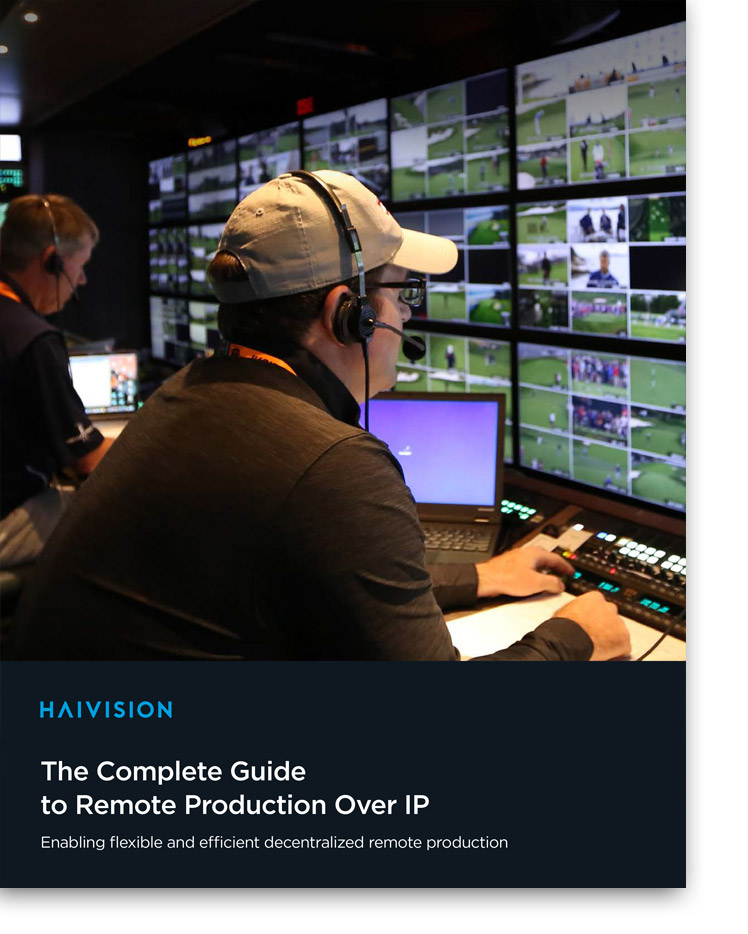Ultra-low latency quad-HD, 4K/UHD, and HDR video supporting HEVC and H.264 decoding over IP.
Low latency mobile 5G video transmitter supporting 4K/UHD, quad-HD, and 10-bit HDR with HEVC and H.264 encoding.
Encode live video up to 4K UHD and HDR at ultra-low-latency for secure, flexible, and reliable streaming over IP.
